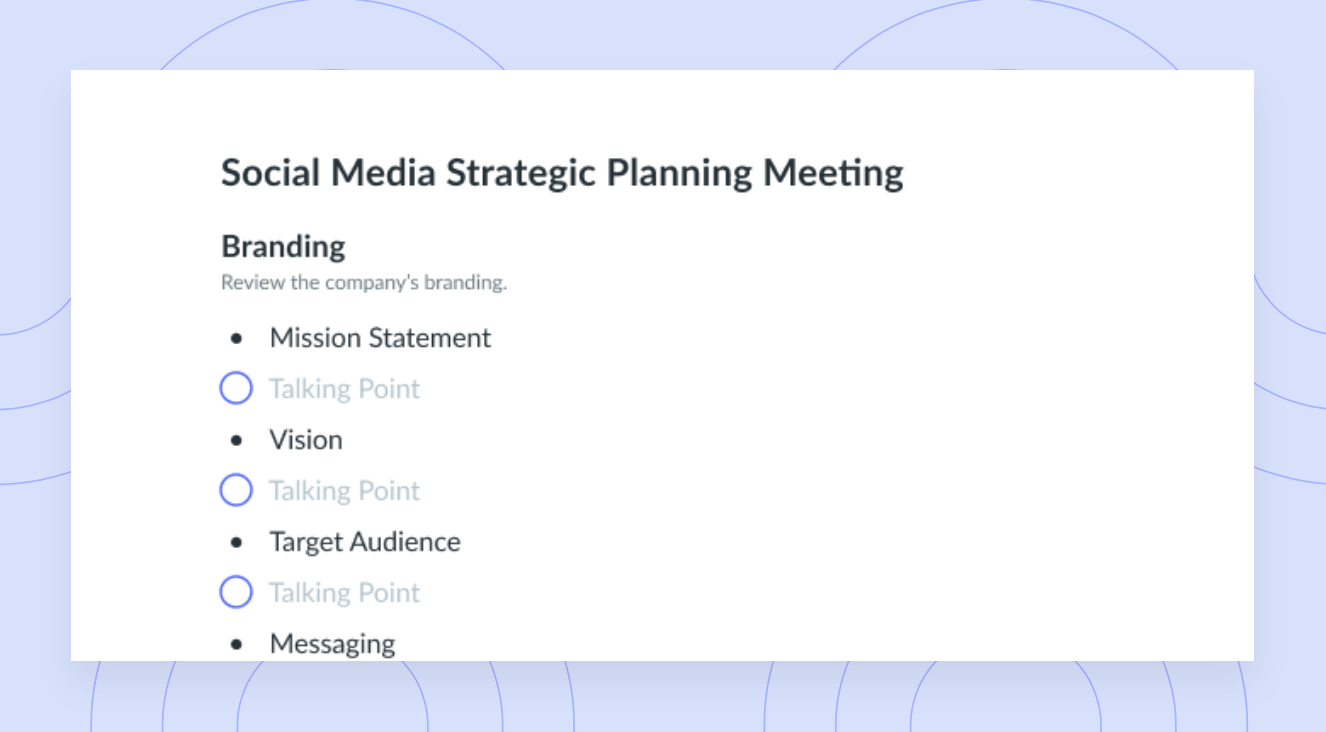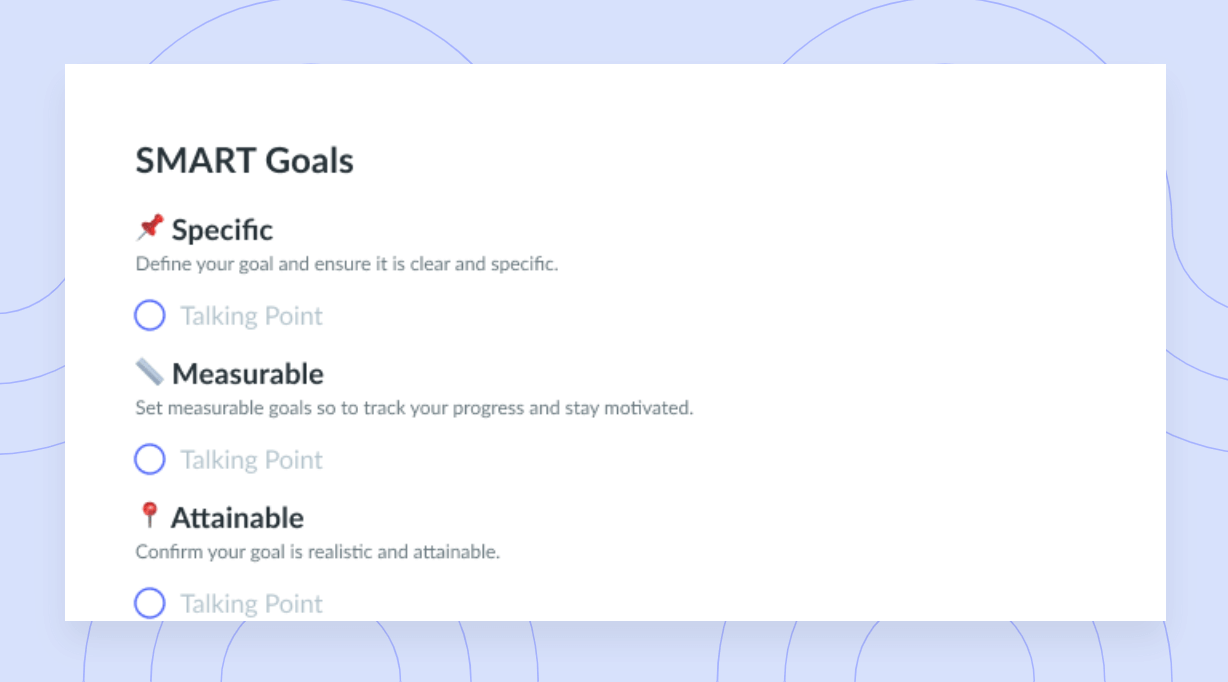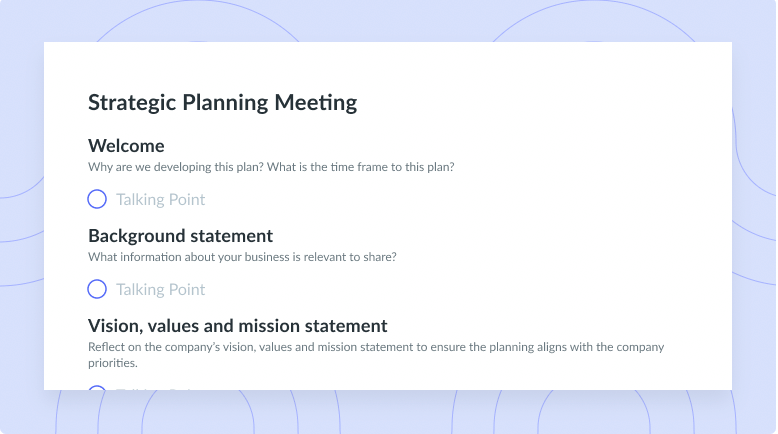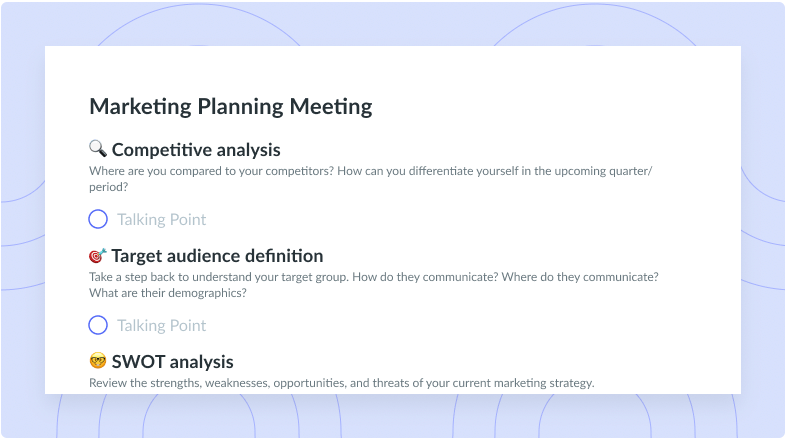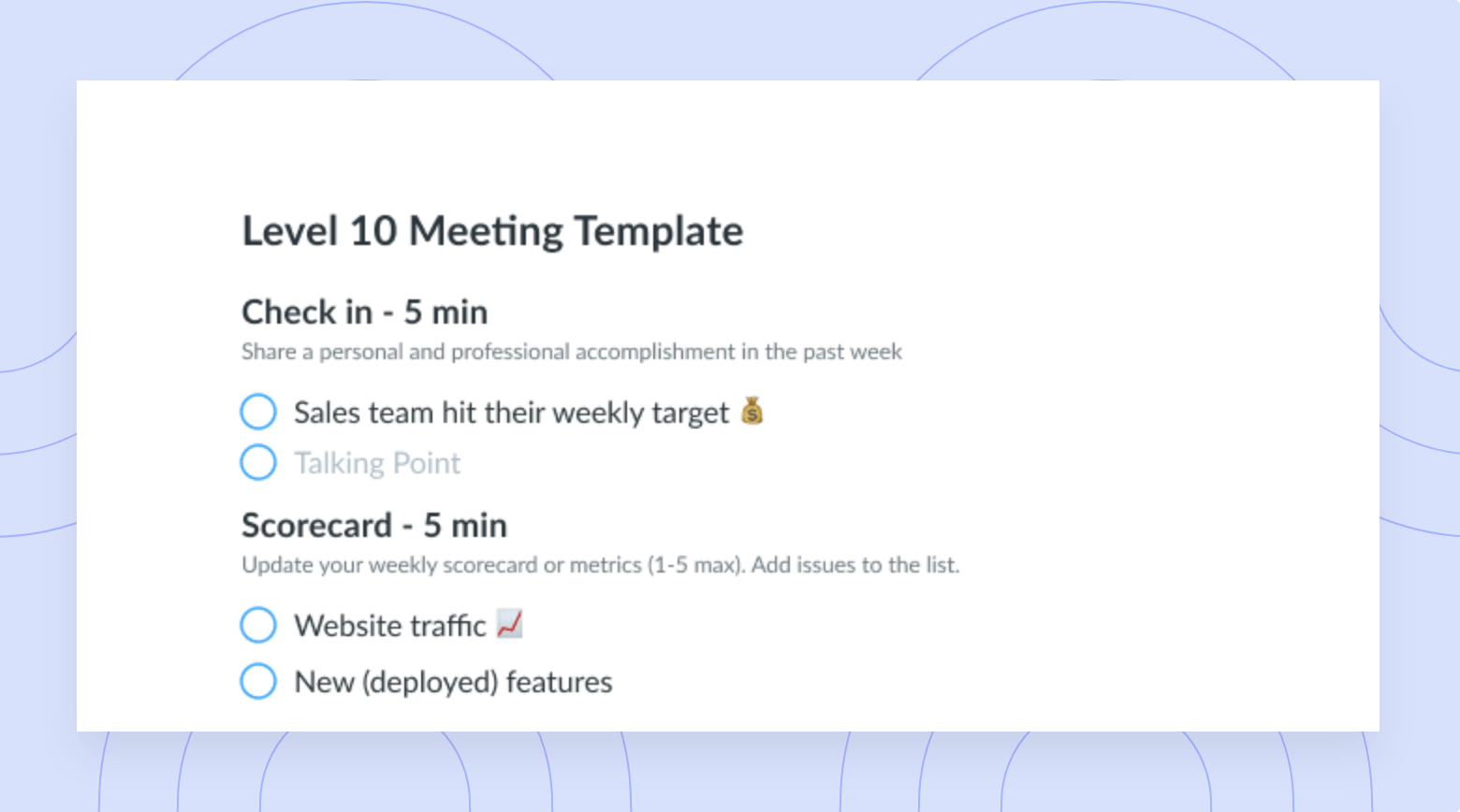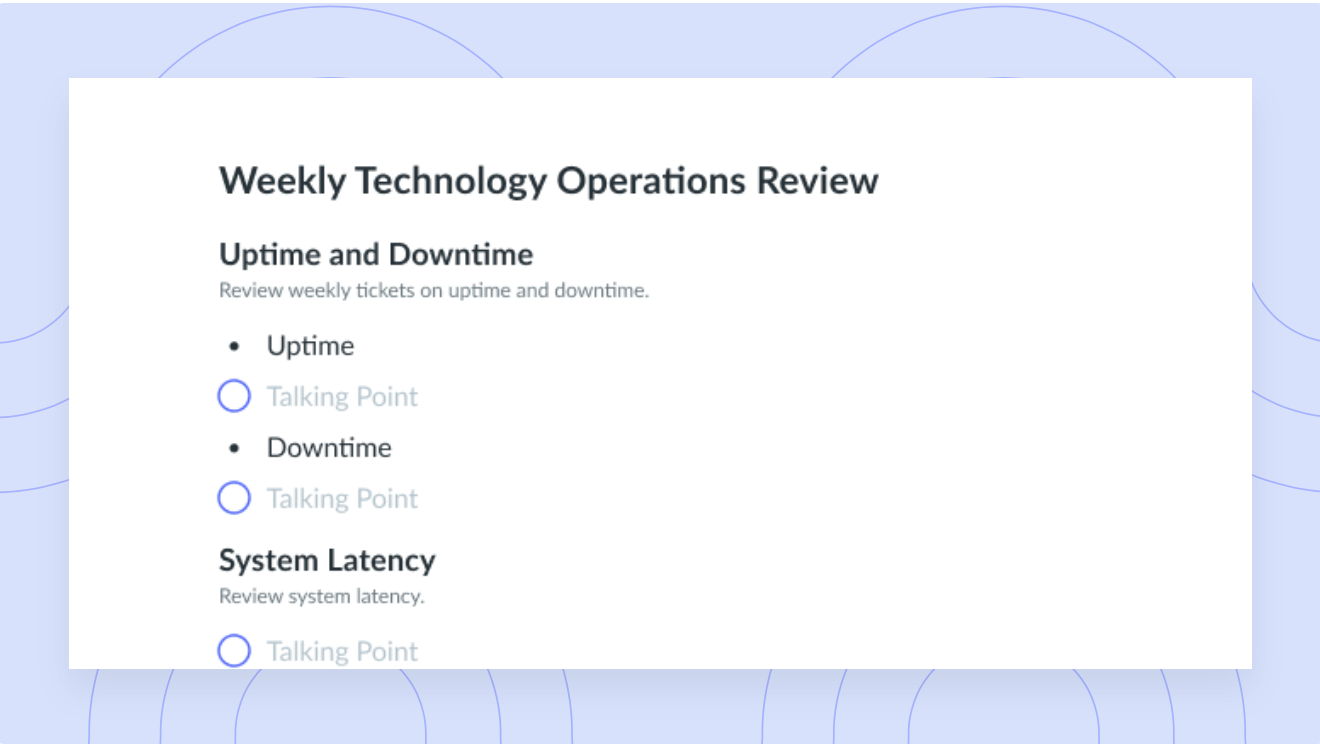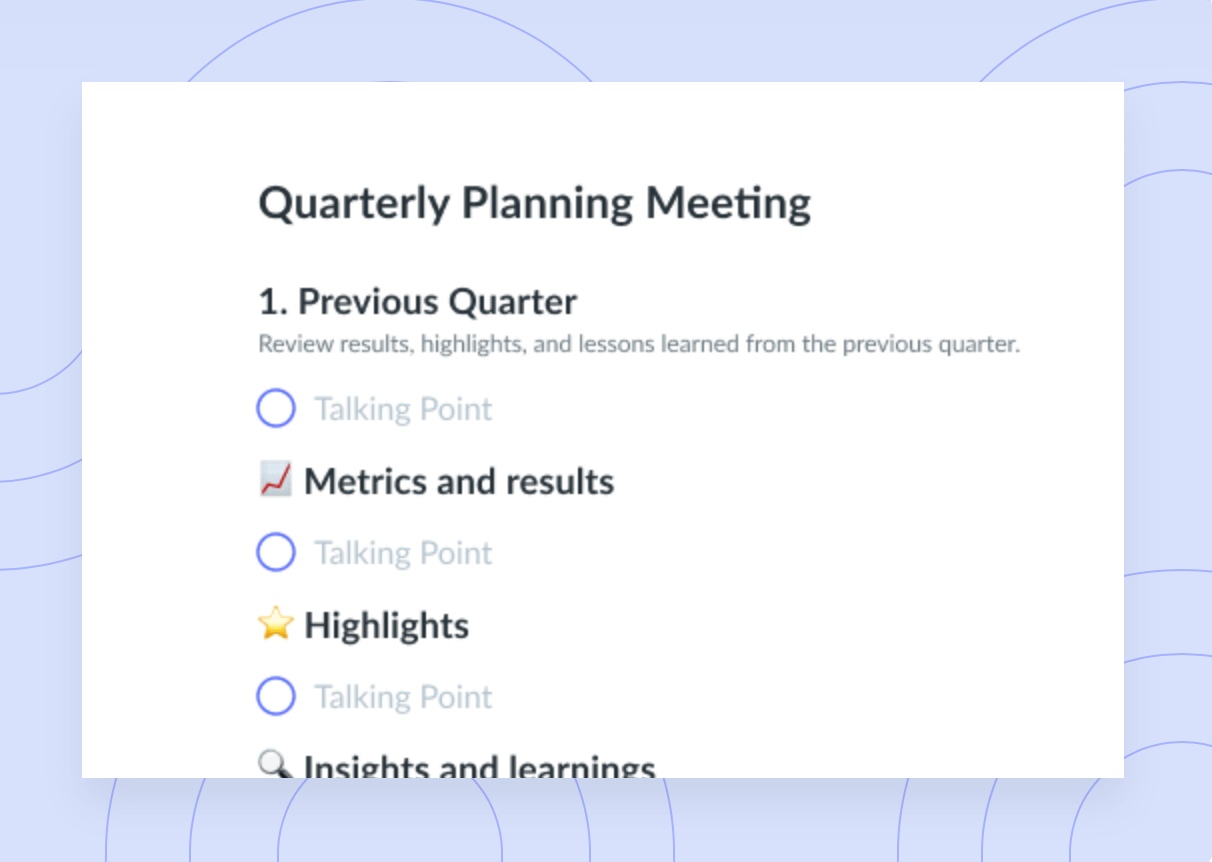A Comprehensive Guide to Creating Your Productivity Plan
Discover how to boost your efficiency with our in-depth guide on creating a personalized productivity plan. Learn practical tips and strategies for better time management and goal achievement.
You might have thought that productivity planning is only for managers or C-level executives who want to get the most value out of their employees, but it can be important to understand as an individual contributor as well. Figuring out how you add value to an organization and planning how to maximize your productivity will help improve your sense of purpose in your work, keep you aligned with your goals, and help you reach career milestones faster!
- What is a productivity plan?
- Key elements of an effective productivity plan
- Step-by-step guide to creating a productivity plan
- Tracking the success of a productivity plan
What is a productivity plan?
A productivity plan outlines your goals and the steps you need to take to reach a certain achievement. For example, individuals can use this kind of plan to identify and measure small improvements in their work that will make them more efficient, and therefore more likely to achieve their goals on a regular basis. Teams can also use productivity plans for this purpose, but a team plan would blend the skills, contributions, goals, and growth opportunities of multiple individuals into one combined plan.
Key elements of an effective productivity plan
Operational
Operational tasks are the ones you do on a day-to-day basis to keep processes moving. In a productivity plan, operational tasks need to be considered as they affect how you’ll get tactical and strategic tasks done. Reflect on questions like, “Who will need to look at this project for feedback?” and “How will I collect the information I need?” Consider the tools and communication channels that you’ll need to work within as these affect how easily you’ll be able to plan and execute your tasks.
Tactical
Think of tactical steps as the things you check off of your to-do list. Tactical elements feel the most productive because they have a clear finish line and they provide an immediate sense of gratification once they’re done. For example, a tactical task could be writing a blog, fixing a bug in code, sending an email, creating a document, or submitting a plan for approval.
Strategic
Strategic elements are the hardest to grasp because they’re the least tangible and measurable, but they’re arguably the most important. For productivity planning, strategic thinking will determine the activities to focus on, the order of completion, and the way you get things done. For example, you might choose to first focus on a subset of activities that use the same software so that you minimize context switching.
Step-by-step guide to creating a productivity plan
- Create an action list
- Identify critical tasks
- Allocate resources efficiently
- Implement actions and adapt
1Create an action list
Way before you can get to the part of your productivity planning where you organize and prioritize your tasks, you need to create the actual list of action items that need to be done. You might already have this stored in your productivity tool from items that have built up over time or you might choose to create your action item list from scratch if you’re just starting a new project.
Goal setting for productivity means that every item in your list should have a reason it needs to be completed and a specified due date. If your action items are missing any of the features of a SMART goal, this is the time to add them! Making mention of how specific, measurable, achievable, relevant, and time bound your action items are ensures that you have a solid understanding of what’s required for each to-do item.
Your goals and to-do list should align with your personal and professional aspirations. If you feel like you have a few tasks that aren’t relevant to your role and future growth goals, talk to your manager about delegating that task to another team member or keeping it on hold for the time being.
2Identify critical tasks
Once you have a list of everything that needs to be done, you can start organizing. The first thing you want to do is prioritize your tasks. A helpful strategy is to practice the 80/20 rule (also known as the Pareto Principle). In this approach, you need to find the 20% of tasks that will bring you 80% of the results you need. For example, if you’re managing a list of 100 sales contacts, choose to focus on the 10-20 that would generate the highest amount of revenue.
The Eisenhower Matrix is another task prioritization strategy that works well. It involves measuring the urgency of and requirements for each task to help you find the ones that are the most urgent and can be quick wins.
Prioritizing your tasks isn’t a once-and-done effort. You should have daily and weekly planning sessions to review your updated to-do list as tasks are checked off. Digital planners or software tools like Fellow will help you stay organized in these productivity planning sessions by automatically removing completed tasks from your list, filtering tasks by their due dates, and adding labels to highlight urgency.
3Allocate resources efficiently
Your SMART goals will help you get started on resource allocation planning by informing you on how much needs to be done and by when. On your own, you still need to calculate the required amount of time or resources to get that level of work completed in the time frame.
For example, your SMART goal might be to fix 30 bugs by the end of the month. From there, you can measure how much time it will take to fix each bug and determine if you need any quality assurance (QA) support from your team or credits on an automated scanning tool to get the job done properly.
Practicing good time management strategies can make or break your success. To start, map out a baseline plan of how much effort will be required and which days you’ll work on the project. A workback schedule is also helpful for projects that span over a few weeks or longer. Then, you should check in on your progress every day. Set up time blocks in your calendar or use the Pomodoro Technique to focus intently on your top priorities for the day.
4Implement actions and adapt
With your goals in place and resources allocated to them, it’s time to get to executing! Build yourself a small to-do list every day of your top priorities and implement time management strategies as you work on them. Stay in the loop with your manager and coworkers about required access to tools and resources to ensure that you always have them available when needed.
Every day, it’s important to monitor your progress and see if you need to make alterations to your plan. A great work efficiency tip is to continuously optimize your process as you go. Start by incorporating a continuous feedback cycle with your manager or a peer. In doing so, you’ll be able to make adjustments on the fly rather than waiting a month or longer to hear that you could’ve done something differently and saved a lot more time or been more accurate.
Changes might occur to your productivity plan based on feedback or elements outside of your control (such as someone being a no-show on a call or a shipment being delayed). Keeping a solution-oriented mindset will help you overcome these blockers rather than allowing them to hold you back. Try to consult team leaders or online resources when you run into a challenge that you’re unsure how to solve.
Tracking the success of a productivity plan
Here are some best practices to adapt and measure a productivity plan and ensure continuous improvement:
- Define success metrics. To ensure you’re improving your productivity, you need to have a set of metrics to follow. These could be quantitative—such as the number of tasks completed per week—or qualitative—like improved focus or reduced stress. Keep your metrics noted in a shared space with your manager so they can see your results too!
- Leverage technology. There are plenty of fantastic tools out there to automate and organize your productivity plans. For example, Fellow’s Streams feature allows you to track your success metrics or host check-in meetings with your manager. Technology can also automate activities, such as moving to-do items to assignee boards so you don’t need to do it manually.
- Seek feedback. Your team can be a great asset to help you improve on both your personal and professional goals. Colleagues, managers, and mentors can all help you gain external perspectives. Try to check in with someone for feedback at least every week—or ideally every day!
- Schedule regular review sessions. Periodic review sessions can be held weekly, monthly, or quarterly. The intent of these meetings is to analyze the data collected from your productivity plan and see if there are any adjustments that need to be made. You should make tactical or operational tweaks in daily or weekly check-ins and strategic adjustments in monthly or quarterly check-ins.
Parting advice
Effective productivity planning will allow you to reach the next level for your personal and professional goals. The first step is to visualize everything that needs to be done; from there, you can begin to organize and prioritize those items based on the resources available. Fortunately, you likely have a solid network of people around you and software tools that can help speed up activities like feedback collection, results tracking, and task organization. Don’t forget to rely on these as part of your productivity planning efforts!

![Quarterly Planning: Ultimate Guide for 2024 [+Free Template]](https://fellow.app/wp-content/uploads/2023/03/GUIDETO-QUARTERLY-PLANNING2.jpg)







